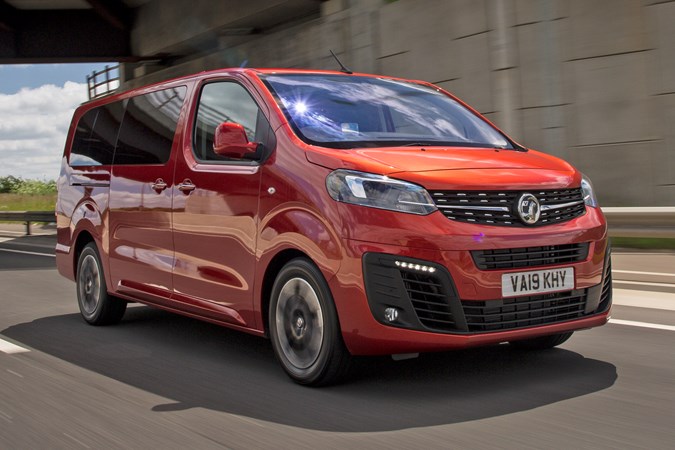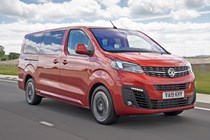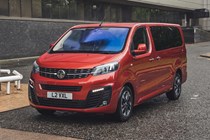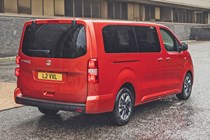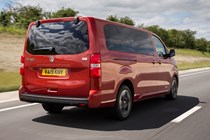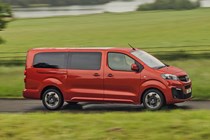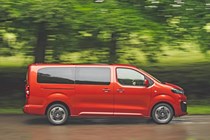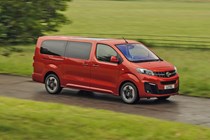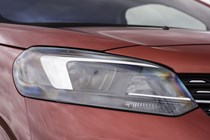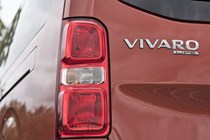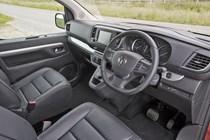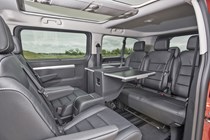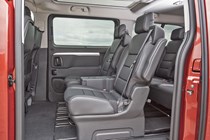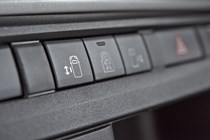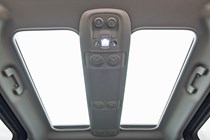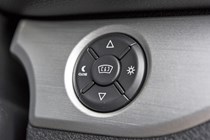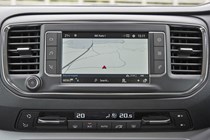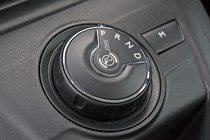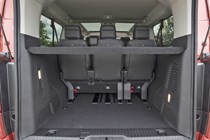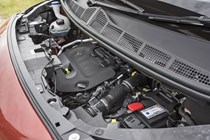
Vauxhall Vivaro Life MPV (2019-2022) interior, tech and comfort
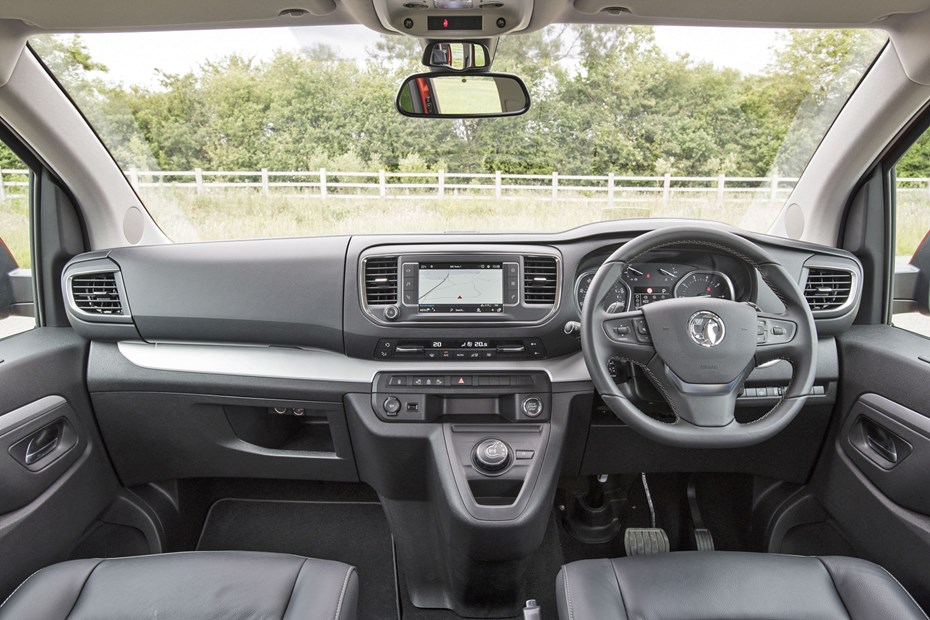
- Dashboard is functional, but flair-free
- Driving position is off-set to the left
- Excellent all-round visibility
Vans tend to have dashboards that are easy to use, but not so easy on the eye, a formula which continues in the transition from Vivaro van to Vivaro Life car. No surprises either that save for some badging it’s the same dash as found in the Citroen SpaceTourer, Peugeot Traveller and Toyota Proace Verso as well as their commercial vehicle equivalents.
Large expanses of dark grey hard plastics dominate the interior, relieved only by a smattering of silver-coloured trim slivers, which means it’s hard to get excited about.

However, most aspects of the interior work well, with everything you can see and touch originating from PSA rather than any unique-to-Vauxhall buttons or controls.
Aesthetics aside, our biggest interior gripe with the Vauxhall – as well as the other related models – is that the steering wheel is off-set towards the centre of the dash. It becomes especially apparent on longer journeys as your right arm begins to feel more stretched – and tired – than your left.
It’s a pity because other aspects of the driving position are very commendable, with excellent all-round visibility, plenty of seat adjustment and instrumentation that feels at a more car-like eye-line level than those in the Volkswagen Caravelle where you tend to have to look down and away from the road.
Is the Vivaro Life comfortable?
- Roomy, but could be more spacious
- Ride is very bouncy on rough surfaces
- Elite model’s interior feels more welcoming
For more impressive comfort levels, we would encourage you to opt for the Vivaro Life in Elite specification, together with the option of swapping the middle-row bench seat for a pair of individual captain’s chairs, particularly when they are installed to face rearwards to make the interior feel more sociable.
Its three-passenger bench seats recline in a one-third/two-thirds split, while the captain’s chairs do so individually and include adjustable armrests on either side.
As mentioned earlier in the review, the only downside compared with Mercedes’ V-Class and VW’s Caravelle is that the third row seats are restricted by how far they can be slid back, meaning taller passengers’ legs could be closer than they may desire.
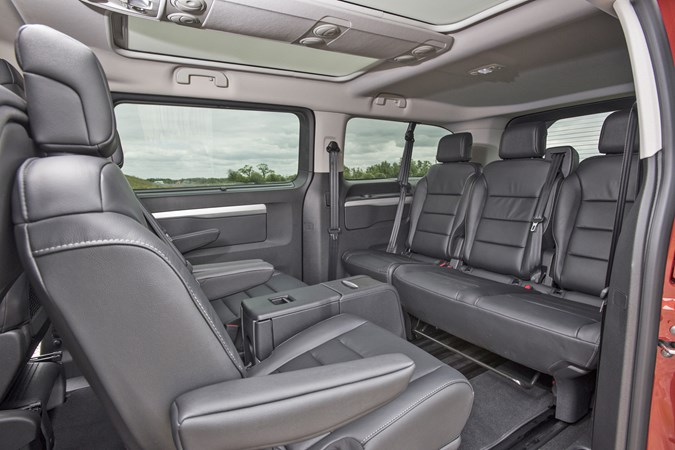
Interior space is identical whether you go for the shorter M or the longer L length Vivaro Life.
Other advantages of the Elite trim over the entry-level Edition are the glazed roof panel over the middle-row seats, very dark-tinted privacy glass on the rear side and tailgate windows and separate climate control and roof-mounted vents for those in the back. Even on baking summer days the interior soon chills.
Those up front in the Elite aren’t forgotten either, with dual-zone climate control and electrical adjustment of the seats with an incorporated massage function. Oddly, there’s no memory function to retain the settings for different drivers.
Ride quality leaves room for improvement
At slower speeds and on smooth sections of dual carriageways and motorways, the Vivaro Life is fairly compliant, with all but the sharpest of road ruts and imperfections dealt with effectively.
Where it falls down is on windier, undulating A- and B-roads, where the rear suspension in particular struggles to dampen out movement, resulting in poor body control and the whole car bouncing along, sometimes accompanied by a metallic knocking noise from the back end.
Inevitably this is worse when there are no passengers sat in the back, but even with seven or more people on board the characteristic remains noticeable. Vauxhall doesn’t offer the option of adaptive suspension either to counter this behaviour.
Noise is amplified inside the cabin
Vans aren’t the last word in hushed progress, but whereas some of the Vauxhall’s rivals have significantly increased levels of sound-deadening material and laminated side windows, the Vivaro Life doesn’t.
Consequently, there’s a lot of engine noise echoing around the interior under hard acceleration, plus tyre noise and wind rush from around the windscreen pillars that also acts as a background aural irritant.
